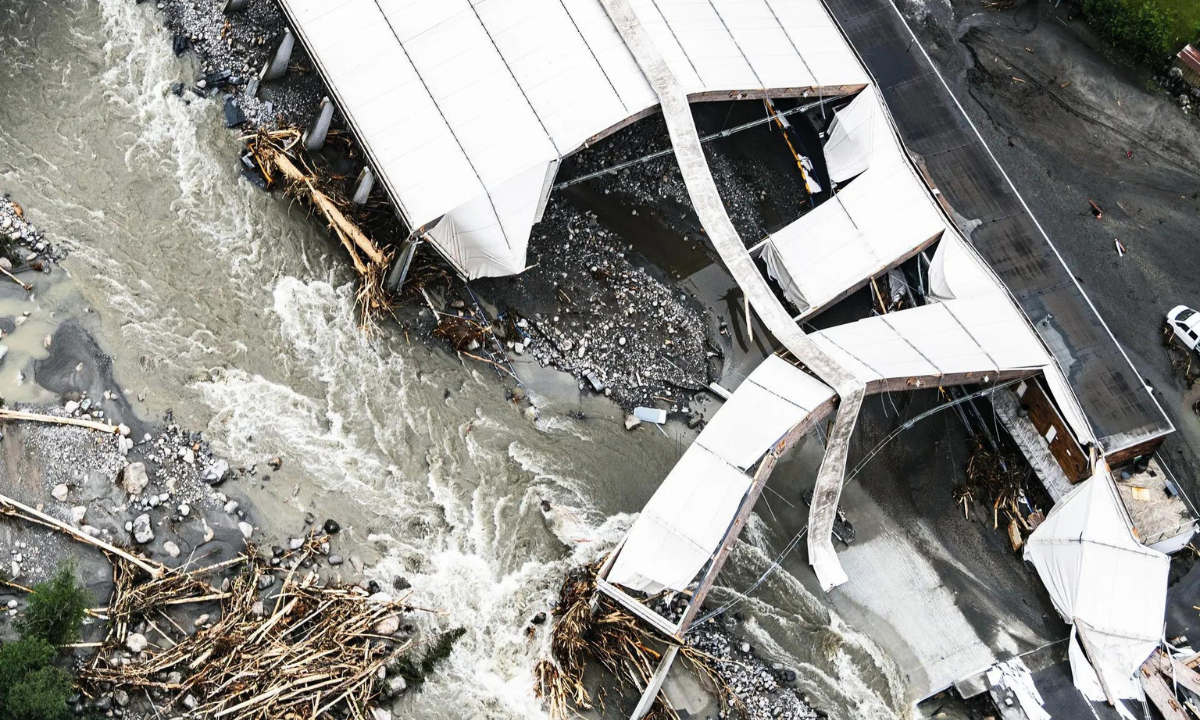
The recent powerful storm that swept through the western Balkans has left a trail of destruction in its wake. After days of scorching temperatures, heavy rain, hail, and strong winds wreaked havoc in countries like Slovenia, Croatia, Bosnia, and Serbia. The sudden change in weather patterns has been attributed to human-induced climate change, leading to wild weather swings and unpredictable storms.
The aftermath of the storm was captured in footage showing damaged rooftops, fallen trees, and flooded streets across the affected regions. Emergency teams were deployed to assist citizens in distress, with reports of damaged homes, power lines, and infrastructure.
In Slovenia, emergency responders attended to numerous calls as egg-sized hail and powerful winds caused widespread destruction. Similarly, Croatia and Bosnia faced significant damage, with the eastern part of Croatia bearing the brunt of the storm.
In Belgrade, Serbia’s capital, the storm caused chaos with flooded streets, fallen branches, and debris. Firefighters worked tirelessly to rescue stranded individuals and extinguish fires caused by lightning strikes. The city’s mayor, Aleksandar Sapic, acknowledged the challenges posed by the new weather reality but critics raised concerns about insufficient drainage systems and outdated infrastructure exacerbating the situation.
Despite the destructive consequences of the storm, stories of resilience emerged, such as the miraculous escape of an individual trapped in a car by a falling tree in Beocin, Serbia. Air Serbia also reported delays due to safety precautions against lightning strikes.
The widespread damage serves as a stark reminder of the importance of climate resilience and adaptive infrastructure in the face of increasingly severe weather events. As communities recover and rebuild, the need for sustainable practices and disaster-preparedness becomes more evident than ever.








